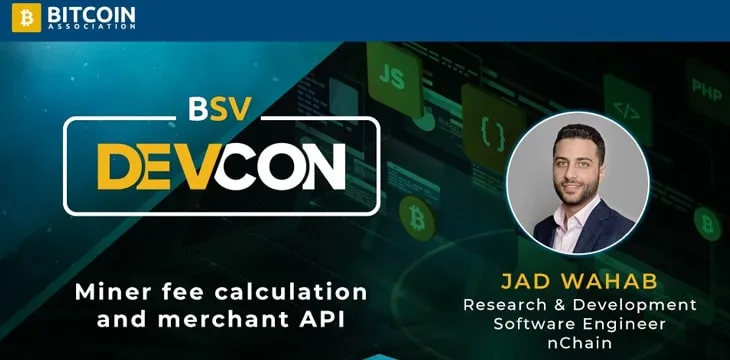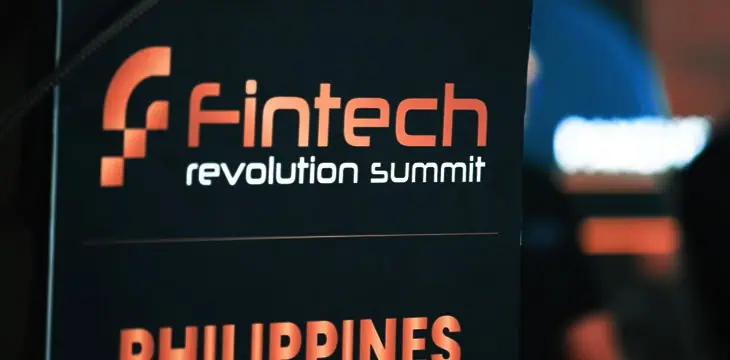|
Getting your Trinity Audio player ready...
|
nChain developer Jad Wahab recently gave a talk at the inaugural Bitcoin SV DevCon 2020 on the benefits of Merchant API (MAPI). This feature will help usher in a wave of merchant adoption on the Bitcoin SV network by making onboarding into its transaction fee economy easier.
MAPI is an interface that connects buyers and sellers with the Bitcoin nodes. To understand why it’s necessary, we first need to consider how peer-to-peer transactions function today.
When Martha sends a 1 Bitcoin to Jim’s Market to pay for groceries, the transactions go to the Bitcoin network while the cashier waits until their system has found the transactions after scanning all the pending network transactions. This solution is not scalable since as transaction volumes increase, it extends the time taken to discover one transaction.
As envisioned by Satoshi, in a pure peer-to-peer digital economy, Martha should be able to send 1 Bitcoin directly to Jim’s Market without an intermediary delaying the handover. Similar to paying with a personal check at the cash register. Jim’s Market is then responsible for making sure the transaction gets appropriately settled on the blockchain.
This premise is not a new concept for merchants. Replace the word Bitcoin with a personal check and blockchain with a bank, and you will see that is how the retail system works today.
MAPI also enables the merchants’ free reign to set the transaction fee prices based on their internal SLAs for how quickly the transaction needs to be processed. If the merchant is shipping a good to the sender, they can elect to charge lower fees to align payment processing and merchandise shipping times.
Double spending immediately comes to mind as a risk with such a direct P2P transaction. It isn’t the threat you think it is; the reality is that current transaction processors would not risk their business reputation and multi-million dollar capital investment in hardware processing fraudulent transactions. The protocols are designed to make sure transaction processors stay densely connected and work closely with one another to propagate new blocks.
Not every sender will have good intentions, which is why MAPI can notify the receiver if there are any competing transactions on the network indicating fraud. No system is full-proof, but the chances a fraudulent transaction occurs is scarce. MAPI’s enhanced security comes without over-engineering the tool, which is the bane of mass adoption.
Additional cool features are MAPI enables miners to send real-time notifications to receivers, so they know when their transaction is added to a mined block. It allows transactions to be time-locked, so they do not process until a predetermined amount of time. Say Jim wanted to pay his car loan in advance, he could initiate a transaction now that will not get processed until the loan’s due date.
Additionally features beyond what’s mentioned above are in the pipelines. Tools like MAPI are the step forward merchants have been waiting for.

 09-15-2025
09-15-2025 





